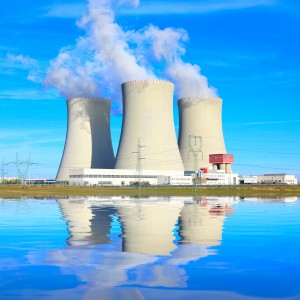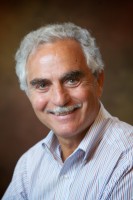Jianshun ‘Jensen’ Zhang Named Interim Department Chair of Mechanical and Aerospace Engineering
The College of Engineering and Computer Science (ECS) is excited to announce that Professor Jianshun “Jensen” Zhang has been appointed interim department chair of mechanical and aerospace engineering (MAE), as of July 1, 2025. Zhang serves as executive director of…



